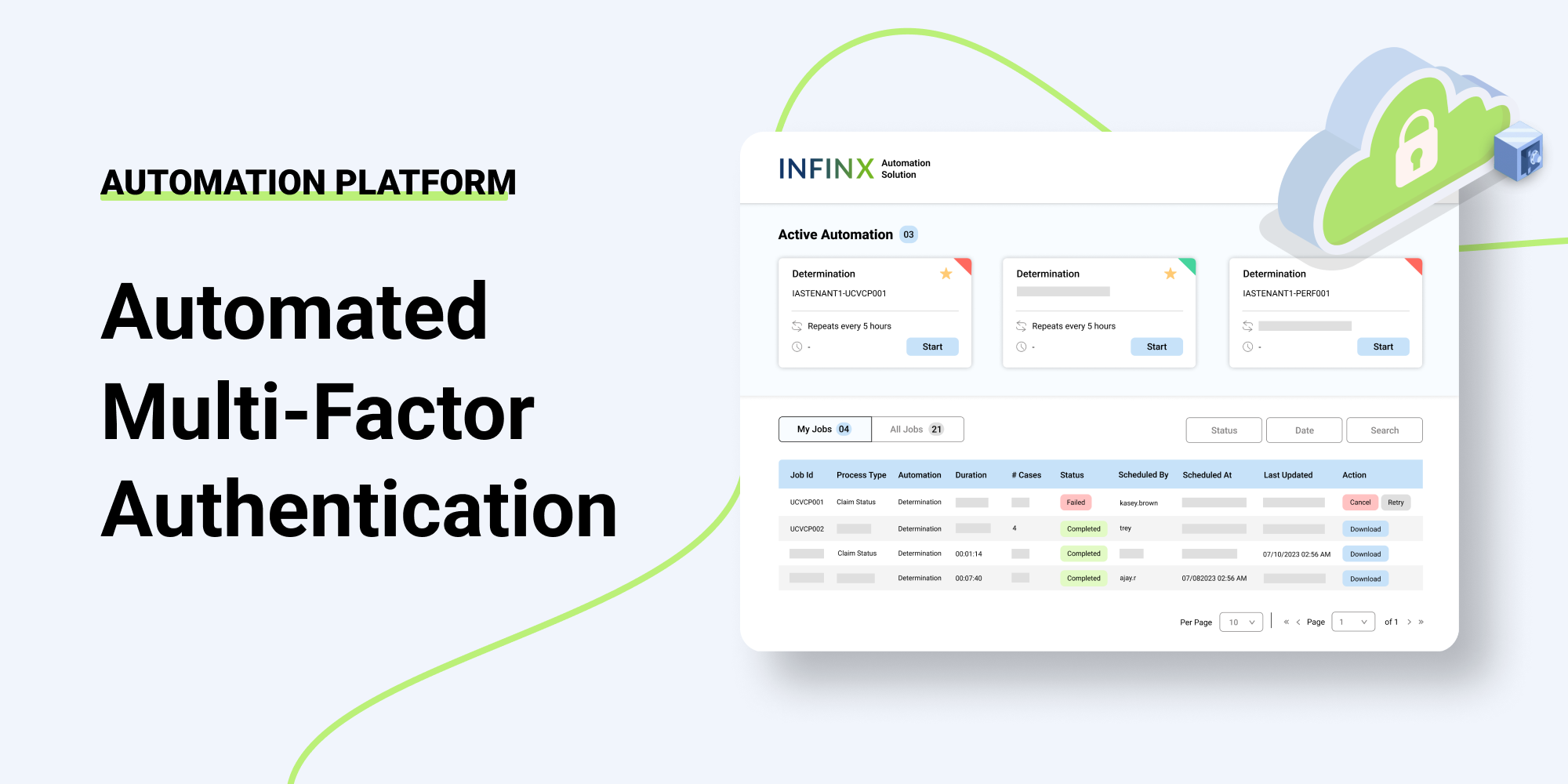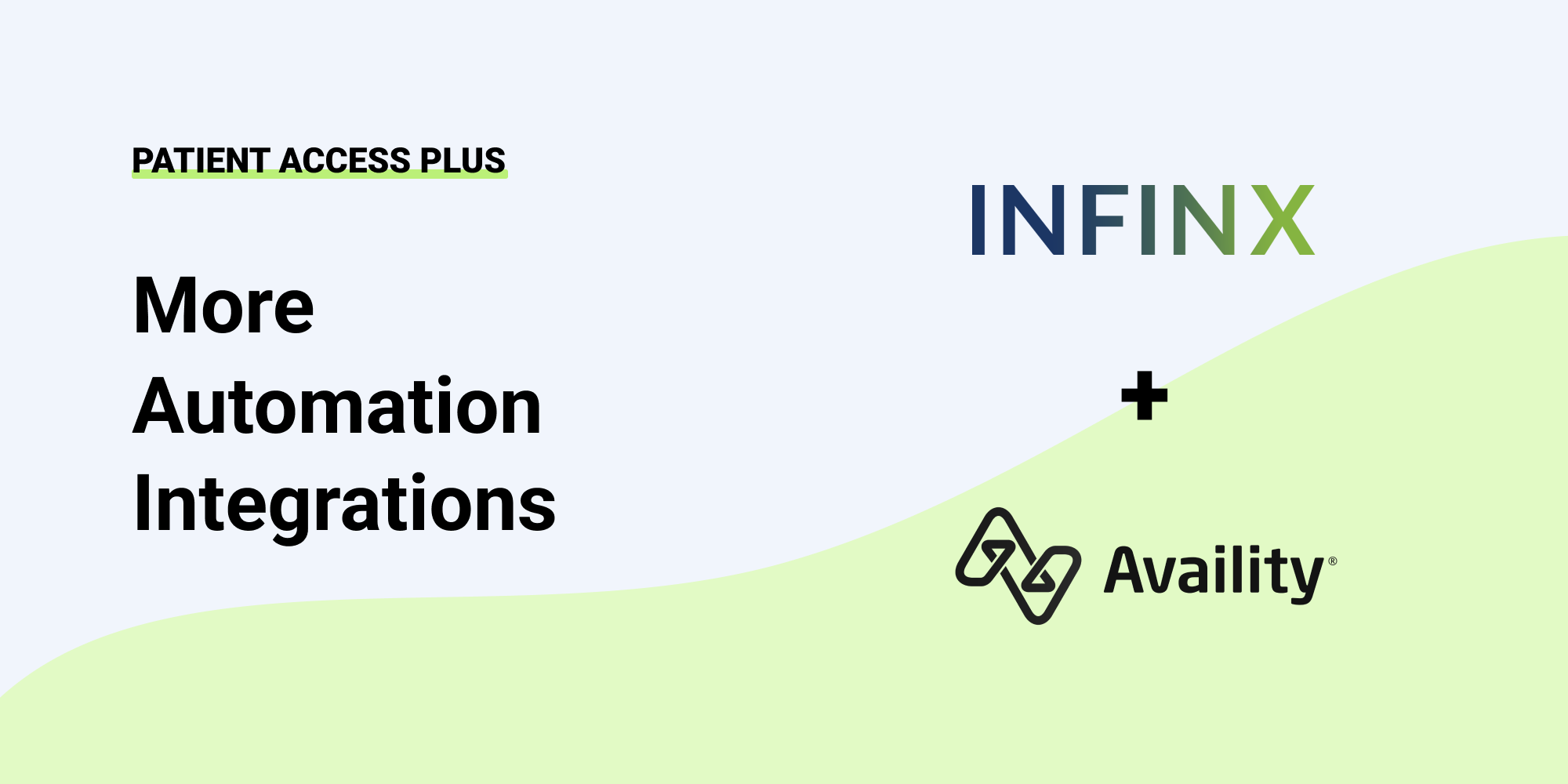There’s a lot of new technology available today when it comes to selecting automation software and it seems it’s only growing exponentially. But how do you determine the best package that
will meet your needs now and also be adaptable as future technological advancements are introduced into the marketplace?
While many imaging centers have sorted out their Electronic Health Records (EHR) and basic billing components, a full 82% of authorizations are still submitted manually and even fewer are
followed up. Many reputable firms are providing patient access and Revenue Cycle Management (RCM) software today, so let’s look at some of the key elements to guide you in
your search.
Selecting Automation Software
When you begin the process of evaluating your software needs, it’s important to appraise the workflow and determine where you can achieve maximum efficiency while positively impacting
your bottom line. For instance, if your center is experiencing a high number of denials or missing preauthorizations, it is important to identify where the problem occurs and choose the
most effective solution.
Additionally, with new Clinical Decision Support Mechanism (CDSM) guidelines for advanced diagnostic testing taking effect on January 1, 2020, it will be important to determine the best
solution for generating certificates for Medicare billing. Having a strong and adaptable system in place will help in partnering with the ordering providers to secure their cooperation.
Issues to Consider
Integration—Select a software vendor with products that can be integrated with existing EHR, RCM, CDSM, coding, financial analytics, scheduling, and patient engagement portals software, as well as being expandable for the future.
Artificial Intelligence (AI) and Machine Learning—AI and machine learning are now available in a variety of applications in the patient access and RCM arena. This new technology promises enormous efficiencies in everything from prior authorizations to claims denials, automating many processes and freeing staff up to focus on patient encounters.
Deployment and Security—Understand the differences (pros and cons) of cloud-based versus on-premise software and how data is exchanged. Additionally, ensure security with
sophisticated encryption to remain HIPAA Compliant.
Adaptability—How adaptable is the software? Can it be expanded to meet future needs or regulatory or governmental changes? Can it take on additional modules for different functions? Today, technology is expanding and growing at previously unseen rates and any purchase or commitment you make needs to be flexible for the future.
Capacity—As your imaging center grows, can the software accommodate the growth in patients?
User-friendly interface—Whether you are looking at software for patient portals or prior authorizations, is it user-friendly? Can it be operated on a mobile platform or tablet?
Pricing, Including Support and Training—An important consideration including maintenance and upgrade fees. Determine if it is based on a percentage of collections or gross claims, a fee-based model, or some hybrid solution.
Reporting and Analytics—Does the software provide strong analytics that would be useful in improving imaging center operations?
Disaster Recovery and Backup Storage Options—Ensure that you understand how the information will be backed up and what plans are in place in the event of a disaster.
Now is the time to explore your options and consider upgrading the automation you’re currently using. The effective use of technology is crucial to increasing your imaging center efficiency
and bringing more money to your bottom line.
Schedule a demo with us today to discuss your options in automation.


